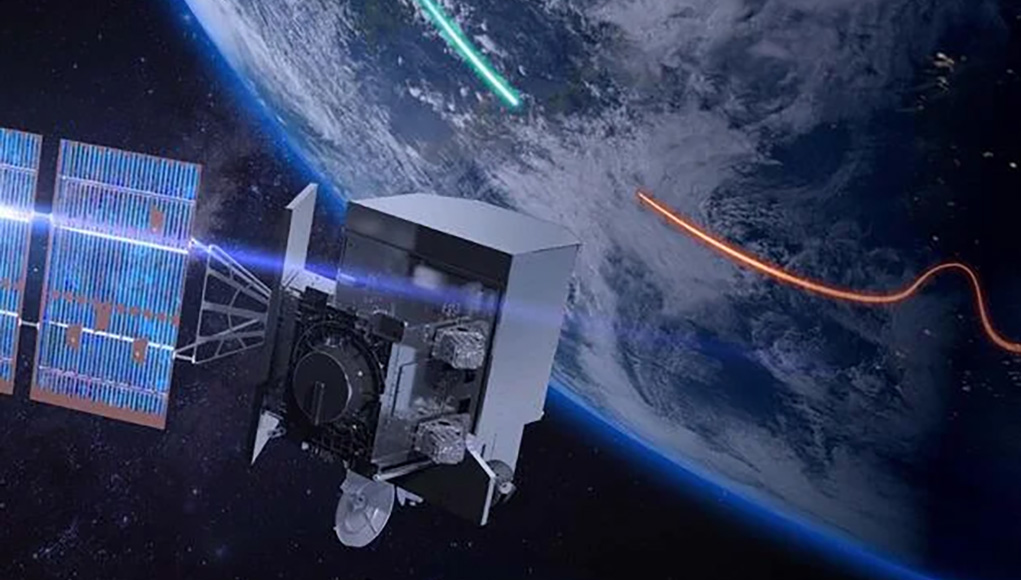Threats to our national security increase every day as the United States near-peer adversaries develop and field sophisticated weapons on accelerated timelines – including hypersonic missiles that are faster, more elusive, and more dangerous than ever before.
U.S. Space Force Chief of Space Operations Gen. Chance Salzman described the current environment at the Mitchell Institute’s annual Spacepower Security Forum in 2024. “We must protect our space capabilities while being able to deny an adversary the hostile use of its space capabilities,“ said Salzman.
“The adversary won’t wait, and neither can we,” said Rob Mitrevski, Vice President and General Manager of Spectral Solutions, L3Harris, adding that L3Harris has made significant progress in advancing the United States’ hypersonic missile tracking and defense capabilities. As part of its broader effort to counter emerging hypersonic threats, the company completed a Preliminary Design Review (PDR) for the Infrared Sensor payload for the US Space Systems Command (SSC) Missile Track Custody (MTC) Epoch satellite constellation, expected to begin launching in late 2026. SSC plans to deliver satellites every three years in “Epochs,” incrementally building out capabilities over time. The system will detect and track missile launches and hypersonic glide vehicles in flight.
Under separate work with the Space Development Agency (SDA), L3Harris designed, developed, and built four satellites for the SDA’s Tranche 0 (T0) Tracking Layer program in less than three years. Those satellites will launch with the U.S. Missile Defense Agency’s Hypersonic and Ballistic Tracking Space Sensor (HBTSS) satellite. With these sensors, the DOD can concurrently warn, track, and target advanced threats by launching the T0 and HBTSS satellites. In a follow-on step, the company completed the Critical Design Review and Production Readiness Review for SDA’s Tranche 1 Tracking Layer program, a $800 million 16-vehicle constellation designed to identify and track hypersonic missiles. L3Harris has also awarded a $919 million Tranche 2 of the program to provide near-global missile warning and tracking coverage.




















